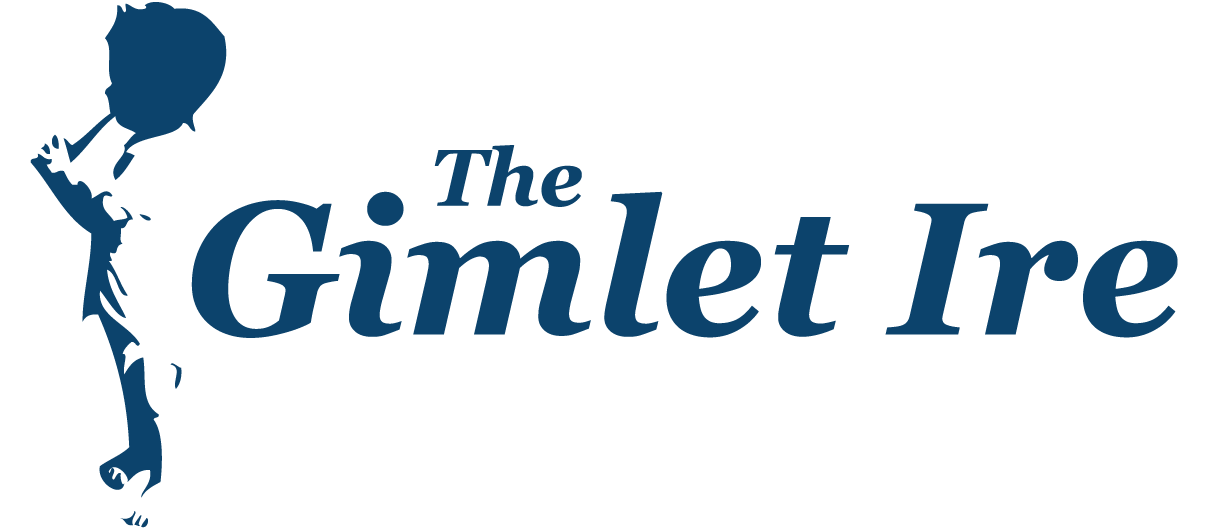. . . when he (Hans) started sharing what he had learned with other Mormons in Sweden, the stake president (who oversees a cluster of congregations) told him not to talk about it to any members, even his wife and children. He did not obey: “I said to them, why are you afraid for the truth?”
Some Mormons Search the Web and Find Doubt, by Laurie Goodstein
Being afraid for the truth is like being afraid for an 800-pound gorilla in a room full of kittens. (Okay, the gorilla might get purred to death, I’ll grant you that much.)
Seriously, folks, truth has nothing to fear from anything. (Pardon the anthropomorphizing.) But that doesn’t mean fear isn’t involved when Joe or Jill Villager begins to question and contemplate their core beliefs. Perhaps I should say, if some element of fear isn’t involved in an exercise of that depth and dimension, you’re not digging deeply enough, and only playing at it.
Part of the fear . . . perhaps most . . . comes from a slow awakening; the recognition that those core beliefs, the foundation and structure of one’s personal truth, came from someone else. We, the Villagers, do that. We wholeheartedly and not infrequently accept as truth, things that others tell us. Without question. That’s okay for some things, but for other things, not so much. Our attitude might contain a little skepticism when only a few, rattle-brains tell us something, but when millions of other Villagers assert, “THIS IS TRUTH!”, we’re fairly prone to glom onto the notion, consider things settled and move on.
But when that slow awakening starts percolating in the back of our mind? That’s when the trouble begins.
My kids have introduced me to a lot of good movies. One of my favorites is Ronin, with Robert De Niro. His character, Sam, has a line that I’ve used on a number of occasions:
Whenever there’s a doubt, there’s never a doubt.
Doubt is a handy thing to have around, especially when acted upon. It can cause you a moment’s hesitation. It can free your mind. It can dash into your thoughts like adrenalin into your veins and, literally, save your life.
A few decades ago, a young teenager surprised his parents and a couple of neighbors on New Year’s Day when he told them he had surreptitiously earned his pilot’s license. He invited everyone in the room to take a short flight with him, but one of the neighbors begged off.
He doubted the story.
Rightly so. The plane, with five on board, crashed into a building at the end of the runway. Nobody survived. The young man didn’t have a pilot’s license, and had no idea how to fly a plane. He had simply been working part-time, washing aircraft at a local airfield. He soon learned where the keys were kept and “borrowed” a plane to take everybody for a ride.
The point is, doubt is truth’s bellwether. It’s what we sometimes call a feeling in our gut; something’s just not right. And that kind of doubt is our friend. When acted upon, it can lead us to a safe place, physically, mentally, spiritually.
Those who’ve read a bit of my writing know that at one time in my life I professed Christianity. During those years, I had an inner prayer:
Lord, don’t let me be afraid of the truth.
That thought found its way into the inner catacombs of my heart and mind, and, as things progressed, transmogrified into:
Don’t be afraid to be wrong.
Easier said than done.
But I have applied the principle in times past, and after all the spiritual and intellectual dust and debris settled, I was better for the experience. That doesn’t mean I wasn’t afraid. I think only a fool — or someone simply fiddling with the process — wouldn’t recognize a sense of fear. Things begin with the tiniest of doubts, or maybe just a sense of wanting to confirm something. I mean, the reality is, you’re an inspector, walking out onto a bridge of someone else’s construction, poking things here and there and bouncing up and down on the structure, purposefully seeking flaws in the design and fabrication.
What happens when you find them?
Well, first, you really should stop bouncing and poking if you intend to keep using the thing. Truly, it won’t stand the abuse. Some people choose to ignore the inadequacies, the shortcomings and such, and just shove them into a back room and hang a sign on the door, “Here Be Dragons”. I did that for far too long. Eventually, after the questions and doubts started to pile up, I began taking very long walks in my mind, and I asked questions of myself. (I bounced and poked.) It took a while, but I did, at long last, come to the conclusion that not only was I using somebody else’s bridge, I didn’t trust it anymore. Something had to change. So I began a process of deconstruction, and I slowly replaced the untrustworthy parts with things in which I had more confidence; things of my own design.
It wasn’t easy. And I don’t think it should be easy. That bridge represented the way I interpreted life, and to a great degree, directed my interactions with everyone and everything on our planet. If you discover, as I did, the bridge you’ve been using all your life has been taking you in the wrong direction, that’s a tough thing to fix. But it’s not impossible. You can start over, and you can create something new. And in the end, there’s never a doubt about who built it, or what standard was used in its construction.
And if it ever needs a modification?
You know the architect.






